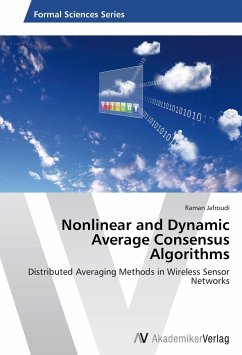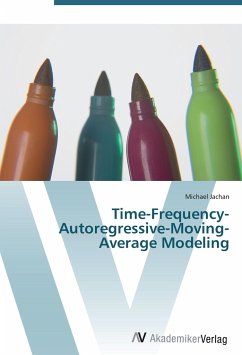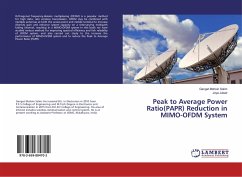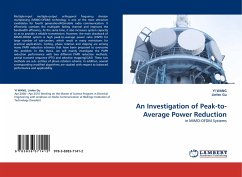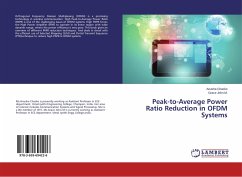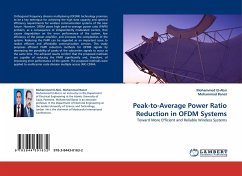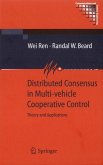This book deals with distributed averaging methods in wireless sensor networks. To this end, wireless sensor nodes are equipped with dedicated sensing, computing, and communication devices. Our goal is to calculate the average of measurements through the average consensus (AC). To provide the reader with the necessary prerequisites, we summarize graph theory and different network topologies in the first part of this book. We then discuss static and dynamic variants of the AC algorithm. The static algorithm is used if all sensors measure constant signals that do not change over time. In the case where the sensors measure time-varying signals, the dynamic algorithm is used. For both the static and the dynamic case, we consider different linear and nonlinear AC weight design methods to improve performance in transient and stationary scenarios. We further study the behavior of the various versions of AC in different network topologies and different simulation settings. Our numerical results suggest that nonlinear AC is superior to linear AC and that dynamic AC succeeds in tracking rapidly varying signal means.
